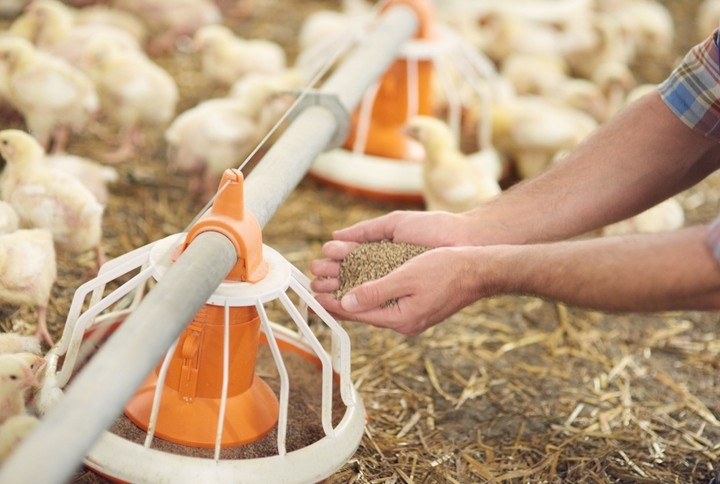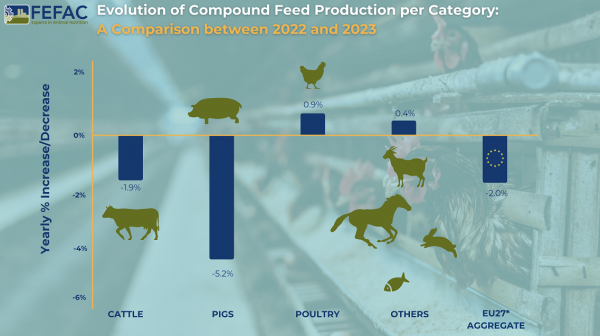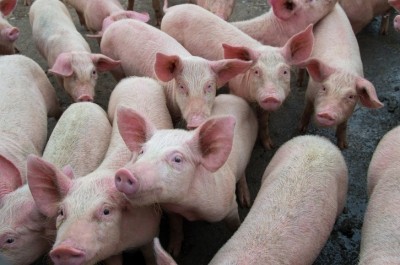Uncertainty clouds EU's compound feed demand outlook

The trade group forecasts that environmental and welfare policies will have a negative impact on the market outlook for livestock and feed production, although the cost of key feed materials, mainly feed grains, has returned to pre-Russian invasion levels in Ukraine.
EU to see a 2.4 million ton drop in compound feed production in 2023
EU27 compound feed production for farmed animals in 2023 is estimated at 144.3m metric tons, a decrease of 2% compared to 2022, according to data provided by FEFAC members.
The EU feed industry representatives noted the sector is facing growing demand for sustainable feed products to address market dynamics and regulatory considerations.
FEFAC also flagged the adverse impacts of climate change such as droughts and floods on raw material supply, along with disease outbreaks on animal production capacity, citing avian influenza (AI) and African swine fever (ASF) occurrences in multiple markets.
In addition, national policies ranging from greenhouse gas (GHG) reduction targets to nitrate emission regulations have contributed to the decline, maintains the trade group.
There are stark differences EU-wide when it comes to feed production levels. While Germany, Ireland, Denmark, and Hungary have experienced a decline in output of around 5%, Austria, Bulgaria, Italy, and Romania have experienced a modest increase. The remaining nations have either slightly reduced their feed production or maintained it at similar levels to the previous year, reported FEFAC.
Pig sector woes
As in 2022, the pig feed sector was the most affected this year. Germany faced a reduction in pork production due to the loss of Asian export markets and negative media campaigns. Denmark experienced a significant drop in pork production of -13.6% in 2023. Spain, the EU's largest pig feed producer, lost 800,000 tons of production due to inflation induced changing consumer preferences coupled with the loss of export markets. Meanwhile, Italy continued to face challenges from African swine fever (ASF).
Chicken feed higher up in the pecking order
Poultry compound feed production in 2023 showed a more positive trend, with production increasing by 0.9m tons compared to 2022, as some countries recovered from the impact of ASF. However, Hungary and the Czech Republic saw a further drop in poultry feed output due to a decrease in broiler production in both countries, which resulted in gaps in rotations and posed challenges for local slaughterhouses.
Water scarcity
Cattle feed production in 2023 will be 0.8 million tons lower than in 2022.
Like Spain, Portugal was hit with water scarcity issues that led to farm closures, particularly in the ruminant sector. Milk prices and cattle diseases continued to affect the industry. In contrast, cattle farmers in the Czech Republic and other countries in Central and Southeastern Europe benefited from adequate grass growth, resulting in lower demand for industrial cattle feed.









